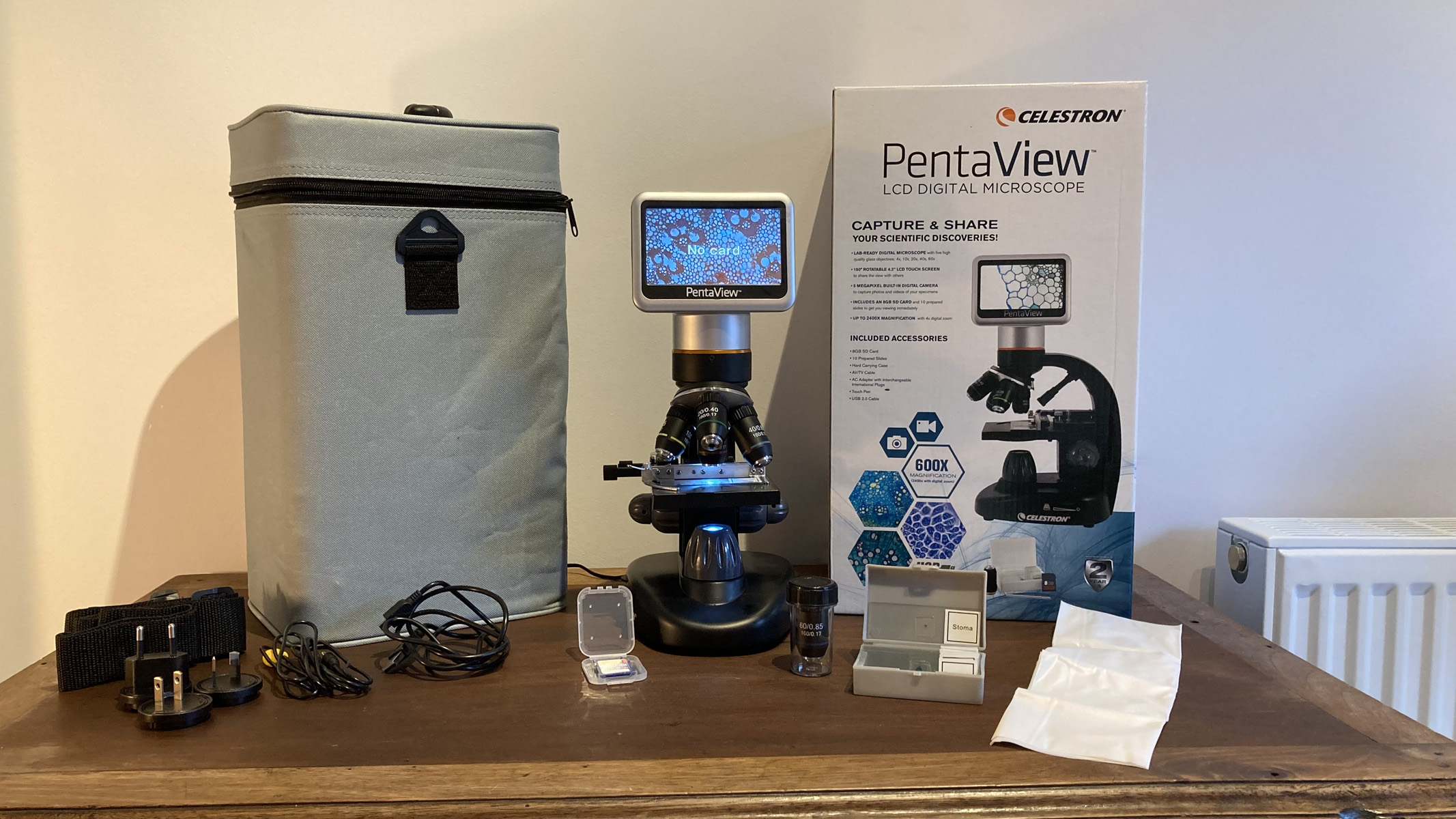IJGI, Vol. 12, Pages 26: The Concept of a Georeferential Spatial Database of Topographic–Historical Objects (GSDoT-HO): A Case Study of the Cadastral Map of Toruń (Poland)
ISPRS International Journal of Geo-Information doi: 10.3390/ijgi12020026
Authors: Radosław Golba Agnieszka Pilarska Roman Czaja
In this study, we aimed to further the international discussion on the methodology of applying GIS technology to the editing of large-scale cadastral maps, taking the experience of editing the cadastral map of Toruń from 1910–1915 as an example. We present the concept of building a georeferential spatial database of topographic–historical objects (GSDoT-HO), which includes the stages involved in creating the database, its exemplary structure, and a proposal of good practices in this process, which were developed in the course of previous projects using a geographic information system for Historical Atlases of Polish Towns. Our works included the scanning, calibration, and rectification of a total of 178 sheets of cadastral maps (including 154 sheets of the map of Toruń and 24 sheets of the cadastral map of the then-village of Mokre) at differentiated scales of 1:250, 1:500, 1:1000, and 1:2000. Finally, in the process of vectorization, vector and attribute data were acquired, which made up the final result in the form of GSDoT-HOs. This database was created out of seven information layers with linear or polygon geometries, including the two most important layers, i.e., plots and buildings, which for the then-area of the city of Toruń, contained approximately 5800 and 10,800 vectorised polygon objects, respectively. This article shifts the focus of the discussion of standards in the use of GIS technology to edit Historic Towns Atlases from the development of interactive maps to the construction of a database that should enable comparative studies of urban spaces.

 1 year ago
65
1 year ago
65


